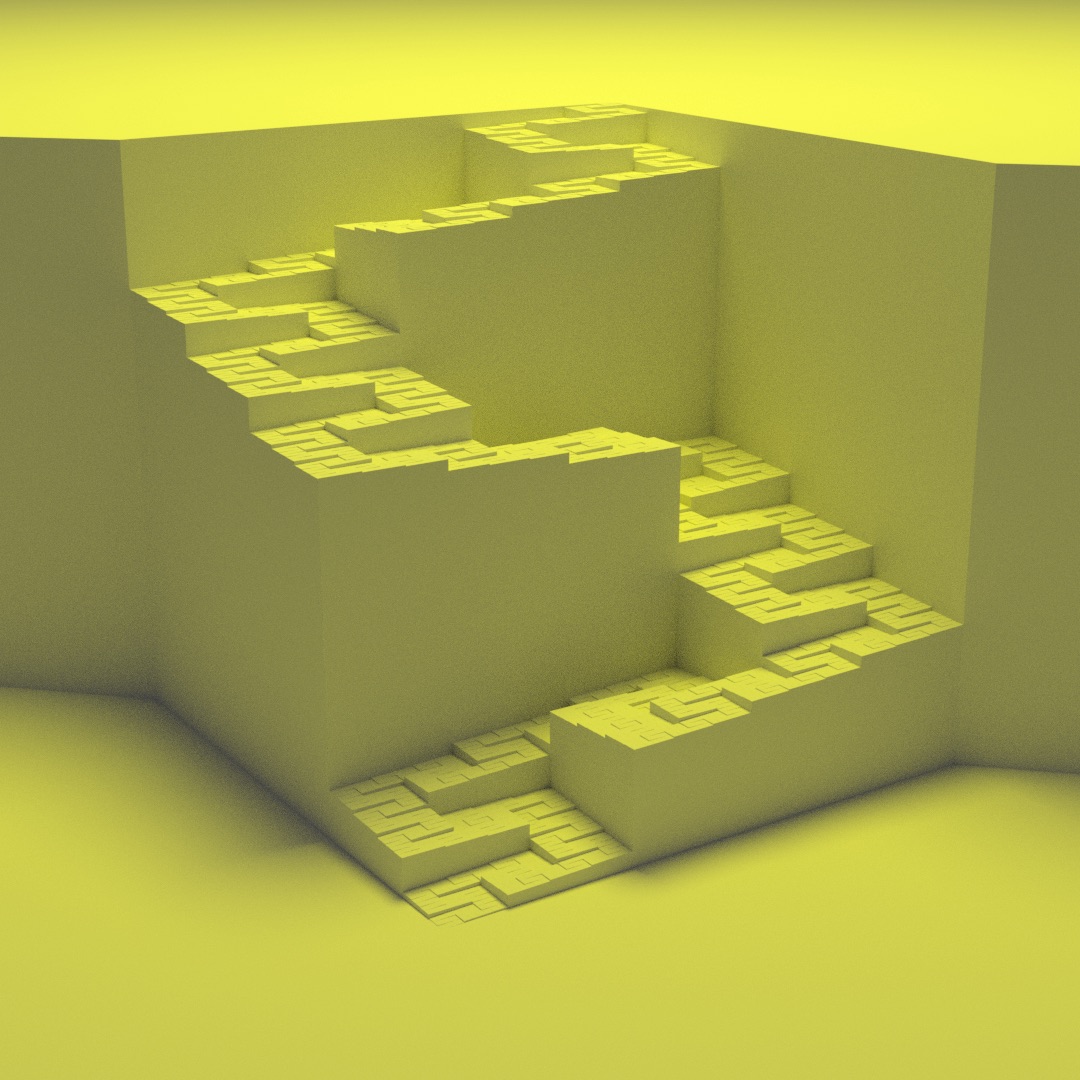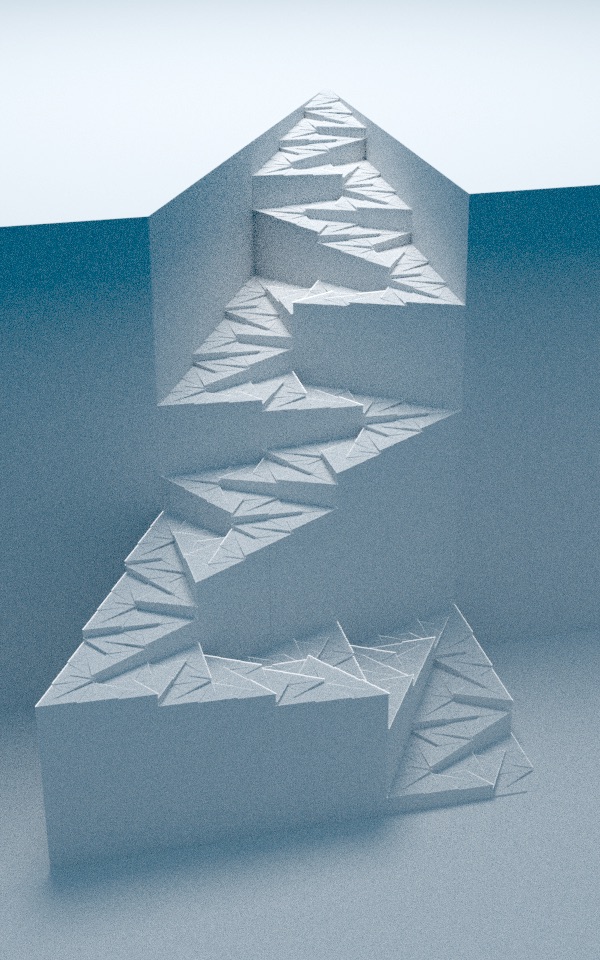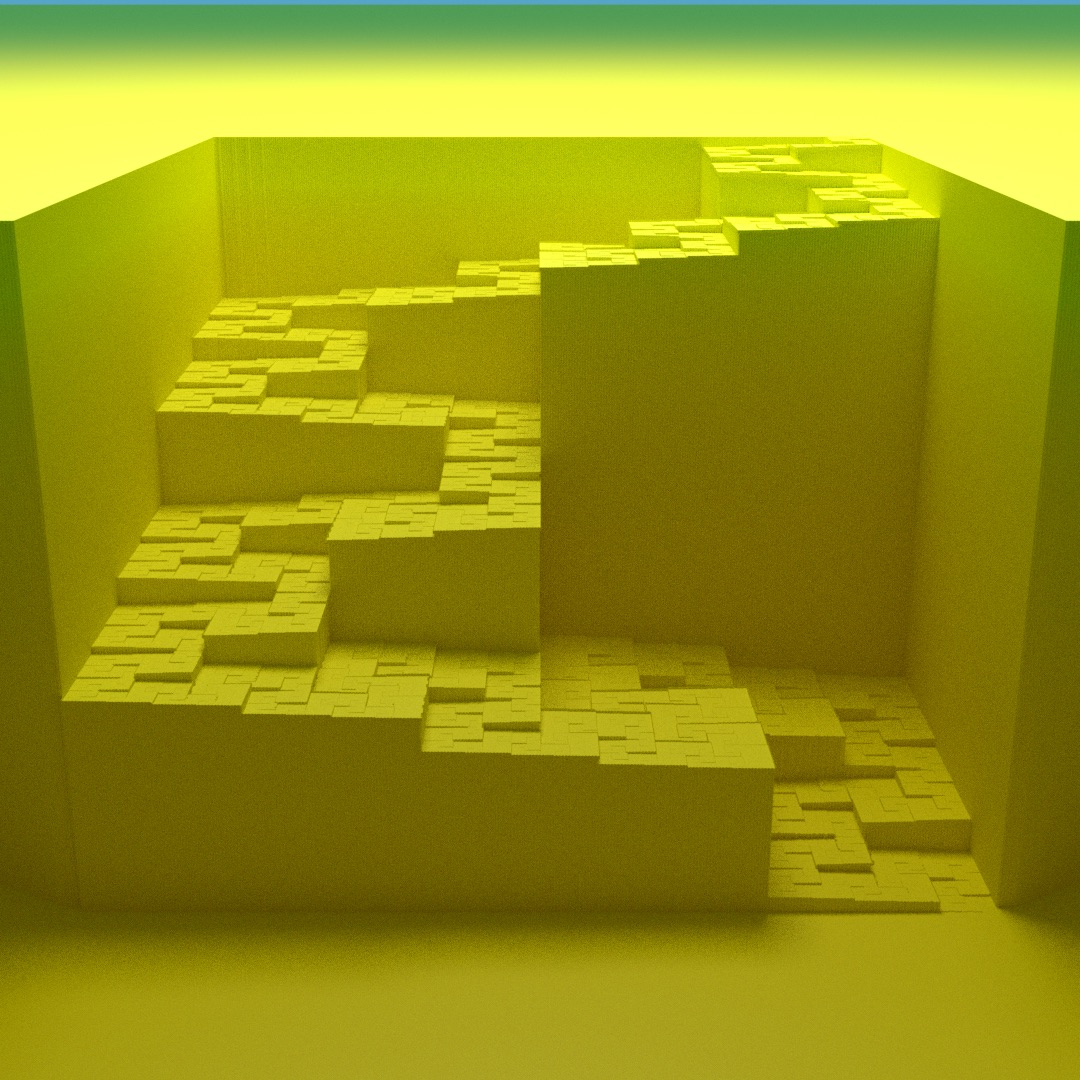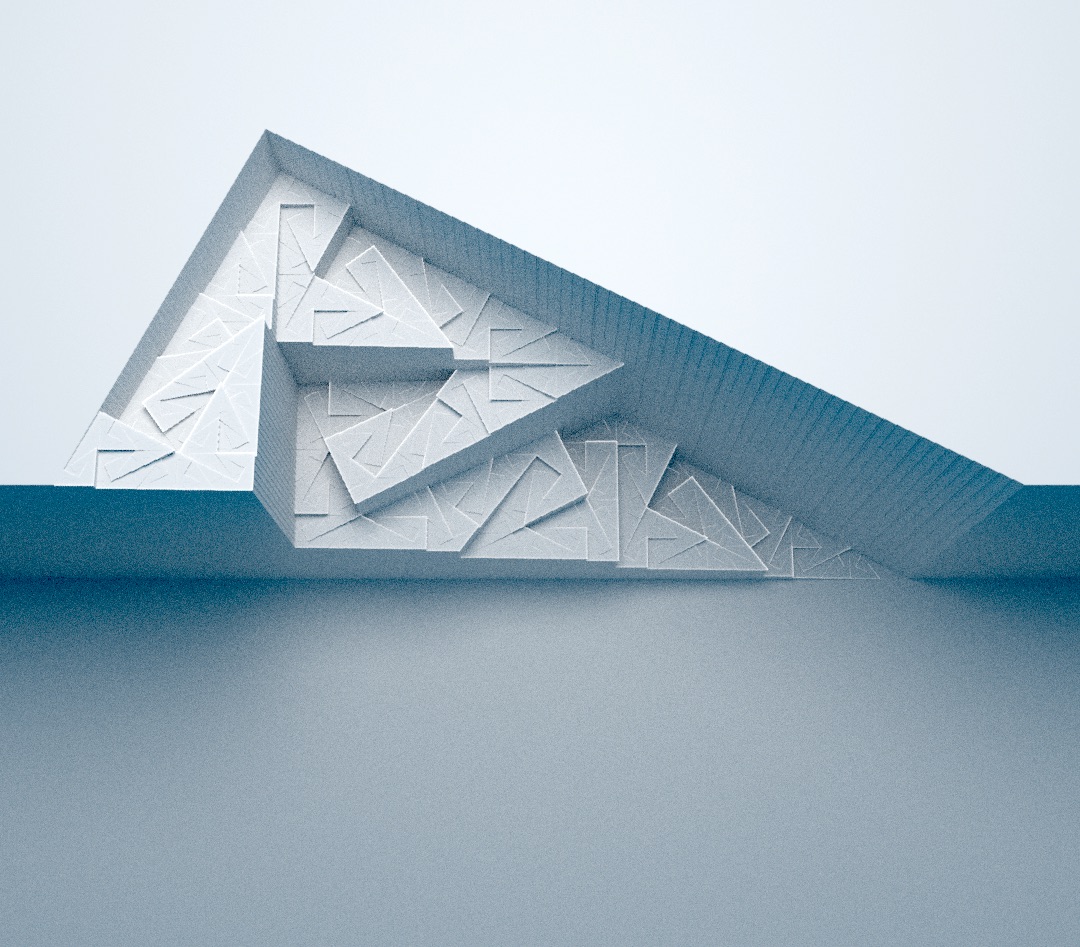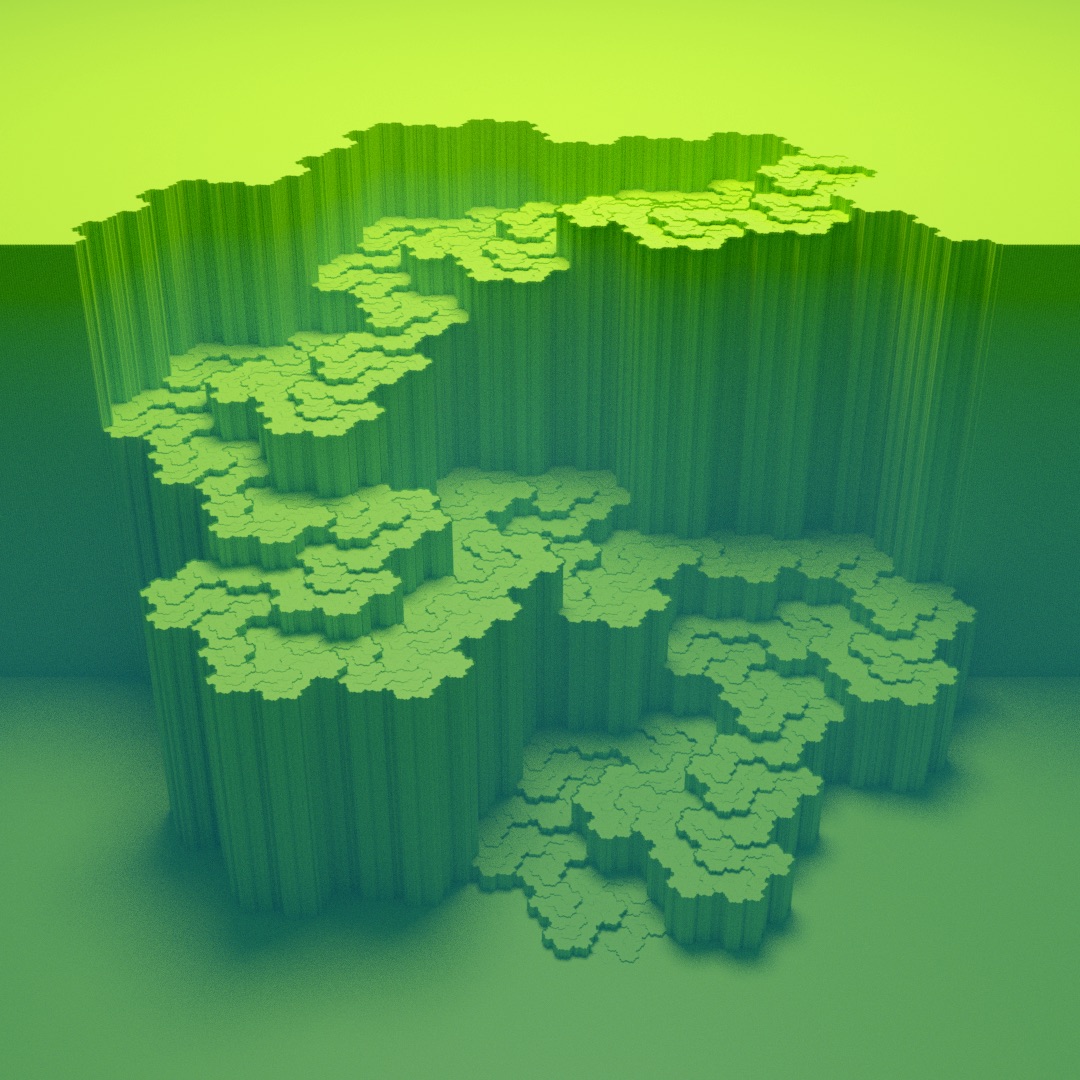Table of Contents
Wide, gentle, self-avoiding plane-filling trails
On this page we see plane-filling trails visualizing the wide and gentle, self-avoiding Peano, Tribonacci Quadrilateral, Tri-Polya, Hilbert, Golden Trapezoid, Pinwheel and Inner-Flip Gosper curves.
3-way quadrilaterals: Peano's curve and variants
Peano's original curve
Definition: (1,1,1,1)(1,-1,1,-1)(1,1,1,1)(-1,1,1,-1)(-1,-1,1,1)(-1,1,1,-1)(1,1,1,1)(1,-1,1,-1)(1,1,1,1)
Peano's original curve1) is made up of three columns, each of which can be mapped to the whole curve but only by a mapping that requires non-uniform scaling, which is not supported by our concise notation system. Defining it with our concise notation system requires unfolding one more level of the recursive structure, so that we get nine segments.
Tribonacci Quadrilateral curve
Definition: (χ2,-χ,1,-1)(0,χ+1,1,1)(χ,-1,1,-1), where χ≈1.83929 is the Tribonacci constant (the real root of χ3-χ2-χ-1).
The segments of the Peano curve can be stretched and squeezed so that they remain similar to each other and fill certain cyclic quadrilaterals. My favourite variant is defined by three segments whose squared lengths have ratio χ2:χ:1. This ratio causes the ridge lines in different parts of the landscape to align nicely.
3-way 30-60-90 triangles
The 30-60-90 triangle is special: it is the only triangle that can be subdivided into three smaller triangles of the same shape without cutting the right angle. Thus it can be filled by a Pólya curve2), based on cutting the right angle, but also by a curve which I call the Tri-Pólya curve3), which only cuts the 60 degrees' angle.
4-way quadrilaterals: Hilbert curve and variant
Hilbert's original curve4) fills a square. Its segments can be stretched and squeezed so that they remain similar to each other and fill a trapezoid, provided the product of the parallel sides equals the square of one of the other sides—this side will then contain the end points of the curve. My favourite version has parallel sides whose length ratio is the golden ratio.
Hilbert's original curve
Golden Trapezoid curve
5-way triangles
Pinwheel curve
Definition: (1,-2,1,-1)(2,1,1,-1)(-2,1,-1,-1)(2,-1,-1,-1)(2,1,1,-1)
A curve based on a Pinwheel tiling.
Ventrella's Holiday tree
There is one oblique triangle that can be tiled with five similar triangles: the isosceles triangle with top angle 120 degrees. A plane-filling curve based on this triangle and its tessellation would be the same as the first 2/3 of the Tri-Pólya curve (starting at the 30 degrees' corner). Ventrella's Holiday tree 5) equals the last 2/3 of the Tri-Pólya curve (ending at the 90 degrees' corner).
7-way "hexagons": the Inner-Flip Gosper curve
Definition: Δ(1,0,0,-1,1)(0,-1,0,1,-1)(-1,0,0,1,-1)(0,0,1,-1,1)(1,0,0,-1,1)(1,0,0,-1,1)(0,0,-1,1,-1)
Ventrella calls this curve the “Inner-flip Gosper” 6). It is like the Gosper curve, but with all sections mirrored. As a result, the curve might not be crooked anymore and might have become gentle: around the vertices of the underlying tessellation, the edges of the tiles do not behave like logarithmic spirals anymore, but they just wiggle a little, and from the six principal corners of each tile (where it meets other tiles of the same size) one can walk to the centre of the tile in a straight line without crossing other tiles.
